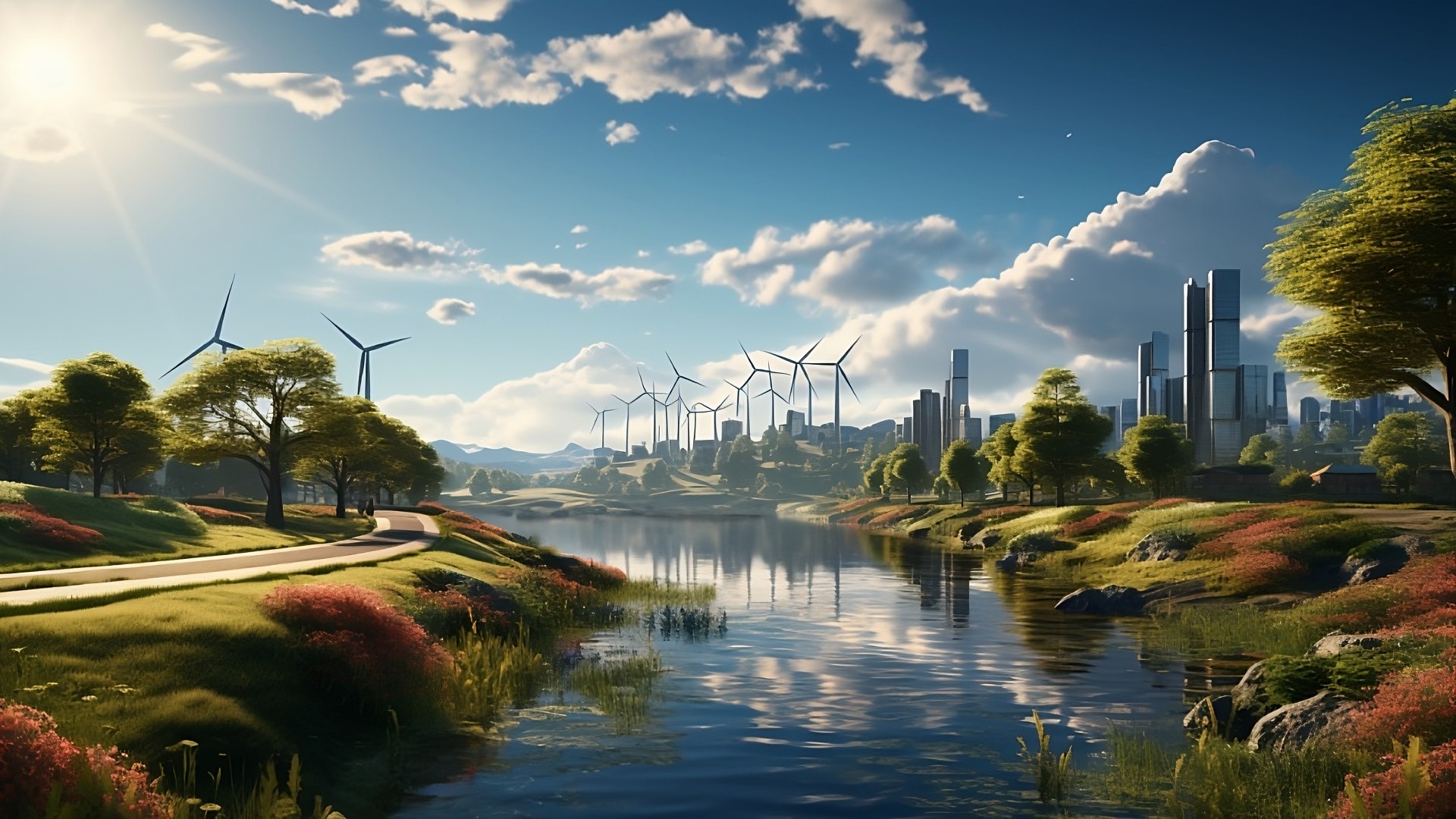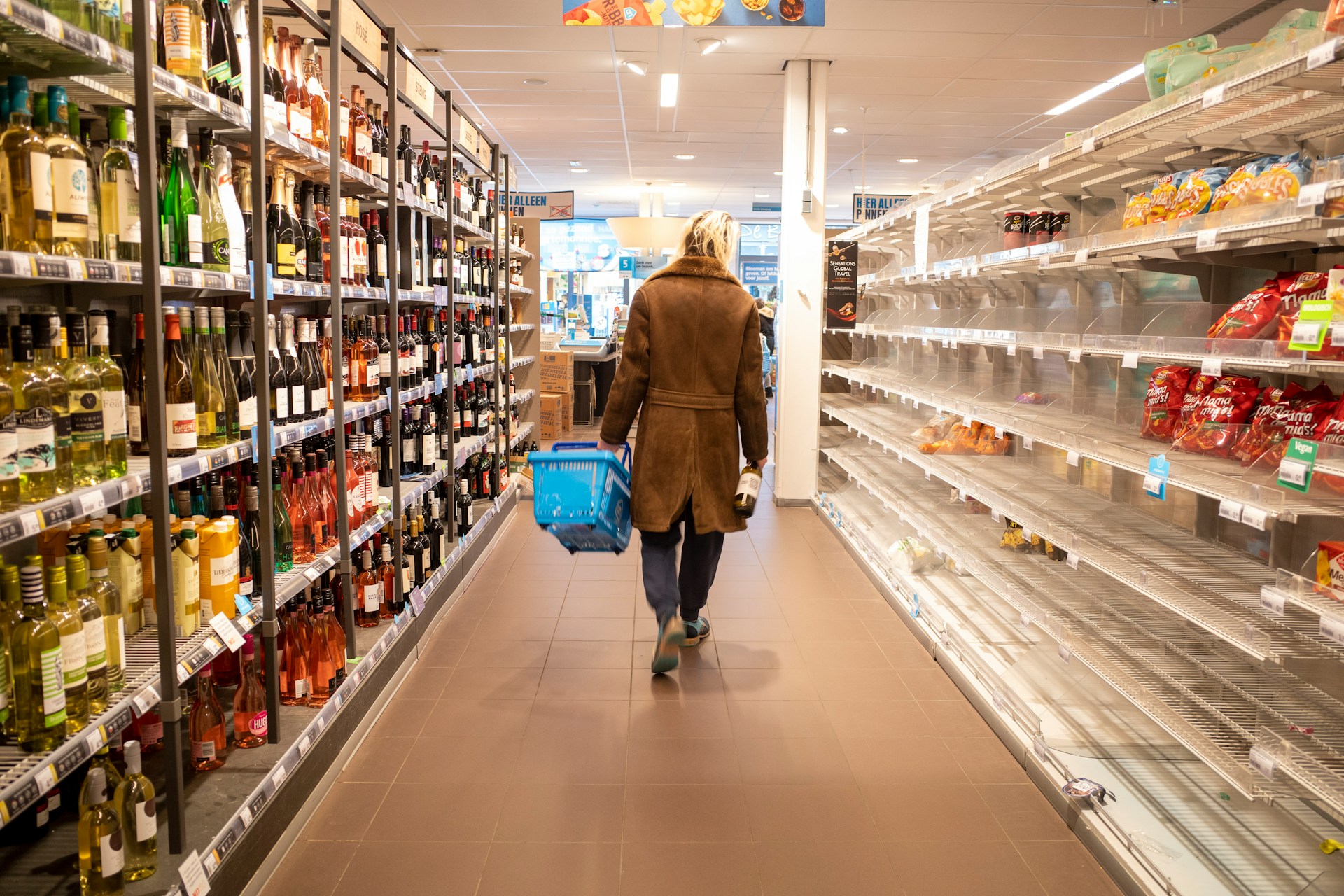
Resilient and Sustainable Infrastructure is Crucial
May 11, 2023 - Lou Farrell
Revolutionized is reader-supported. When you buy through links on our site, we may earn an affiliate commission. Learn more here.
Resilient and sustainable infrastructure is vital for preparing the world for the impacts of climate change. Increasingly severe weather is threatening global housing security and public health. Innovative approaches to infrastructure design and construction can help communities adapt to climate change and reduce harm to the environment.
How Climate Change Will Impact Infrastructure
Resilient and sustainable infrastructure is vital for the future of communities all over the world. As climate change worsens, it will have a profound impact on the natural environment, but also the places humans call home. In fact, the effects of climate change are already showing in urban areas.
For example, in the last tens years, dozens of major cities across the U.S. have experienced an increase in flood days. Increased flood frequency is due to a combination of sea level rise from melting glaciers as well as shifting weather patterns. While some parts of the world are suffering from severe droughts, others are experiencing excessive rainfall. Cities are simply not built for the new weather extremes sweeping across the globe, leading to more floods or, in the case of droughts, greater risk of wildfires.
As climate change continues to advance, extreme weather events will become more frequent. This isn’t just an inconvenience, either. Climate change threatens the availability and safety of housing all over the world as well as trillions of dollars worth of business and government infrastructure. For example, in 2018 alone over 24,000 structures were destroyed by wildfires in the U.S., particularly in California.
If the design and construction of infrastructure does not evolve to meet these challenges, it could compromise housing, food availability, public safety and the world economy. Additionally, when infrastructure is not built for local climate and weather conditions, it negatively impacts the surrounding ecosystem, hurting local plant life and wildlife.
Why Innovative Infrastructure Matters
Resilient and sustainable infrastructure can ensure that humanity is prepared for the long term impact of climate change. It is vital for protecting the safety and wellbeing of billions of people all over the world.
Public Health and Safety
Infrastructure is a core part of public health and safety. From housing to roads to public spaces, everyone relies on durable infrastructure to provide shelter and stability. Structures also directly impact the wellbeing of communities. For instance, a well-designed drainage and sewer system contributes to the availability of clean, safe drinking water.
Resilient and sustainable infrastructure built to adapt to climate change can ensure that people have continued access to safe housing as well as key public services, like hospitals. Durable, safe housing can also have a major impact on public health. Studies have found that homelessness increases the risk of serious illnesses like diabetes, HIV, heart disease and depression.
By building innovative public infrastructure that is designed to withstand the new challenges of climate change, local governments can ensure that their communities have the shelter and support they need.
Reducing Emissions
Climate-conscious infrastructure is a key part of minimizing the impact of climate change. While it may not be possible to turn back the clock on global warming, governments, businesses and organizations can make sure that new infrastructure is designed to reduce carbon emissions. As of 2022, the construction industry produced an estimated 37% of global emissions due to energy and process-related applications.
Innovating construction and urbanization through resilient and sustainable infrastructure could help reduce that carbon footprint. Structures designed to be sustainable have less negative impact on the environment and local ecosystems, both in the construction phase and long-term. Furthermore, innovative approaches to infrastructure can include steps like integrating renewable energy sources, which lowers energy costs for building tenants.
Adapting to Climate Change
An innovative approach to infrastructure development can help communities adapt as climate change transforms the world. Buildings can be designed now with emerging environmental changes in mind. As a result, communities may experience less damage and expenses due to climate change.
For example, an area along the coast might be experiencing increasing rates of flooding. New developments in that area could be designed with an emphasis on highly effective drainage systems and flood prevention methods. This will help prepare infrastructure for climate change and minimize the damage severe weather can cause.
Similarly, an area that is experiencing rises in temperatures could invest in high-efficiency cooling solutions, such as heat pumps. An area that is experiencing more droughts and wildfires could also invest in underground electrical infrastructure to prevent power outages. By developing resilient and sustainable infrastructure now, communities can prepare themselves to adapt to climate change.
How to Develop Resilient and Sustainable Infrastructure
What can communities, architects and project leaders do to start developing resilient and sustainable infrastructure? There are a few key strategies that can help.
For example, adopting emerging technologies can aid in the development and construction of new infrastructure. Construction-grade 3D printers are becoming increasingly accessible and have exceptional promise for transforming the construction industry. With 3D printing, new buildings can be constructed faster and with less environmental impact and waste.
3D printed buildings are more durable than conventional buildings since the walls are printed with fused lasers on concrete, rather than wood frames. The concrete used for 3D printed construction can even help remove pollution from the environment. Integrating recycled plastic waste into concrete mixtures can improve the concrete’s durability and lower overall costs.
Using recycled materials to create more resilient and sustainable infrastructure is a growing trend. For example, Kenyan entrepreneur Nzambi Matee is transforming construction with a new type of brick she invented using plastic waste. The bricks are stronger than conventional concrete thanks to the durability of plastic products. Matee’s invention made her a 2020 United Nations Young Champions of the Earth winner.
Building developers can also reduce their carbon footprint and improve their climate readiness by pursuing green building certifications. These are programs that offer guidance and frameworks for creating more sustainable and resilient buildings. LEED, short for Leadership in Energy and Environmental Design, is one of the most common green building programs today. Working with programs like LEED can help developers hit the ground running on sustainable infrastructure.
Finally, state and local governments as well as building developers and community members can all use technology to monitor climate change. This helps building developers and community leaders make more informed decisions about the needs of new infrastructure. Technologies like IoT sensors and digital monitoring systems can help automate the process of tracking key indicators of climate change, such as increased flooding or decreased rainfall.
Adapting Infrastructure to Climate Change
Climate change is already impacting the whole world. It is still crucial for everyone to take steps to reduce emissions and pollution. However, resilient and sustainable infrastructure is also vital for ensuring the world can adapt to the current and emerging effects of climate change. Innovative approaches to building design and construction can go a long way toward preparing communities for environmental changes and preventing further damage to the climate.
Revolutionized is reader-supported. When you buy through links on our site, we may earn an affiliate commission. Learn more here.
Author
Lou Farrell
Lou Farrell, Senior Editor, is a science and technology writer at Revolutionized, specializing in technological advancements and the impacts on the environment from new developments in the industry. He loves almost nothing more than writing, and enthusiastically tackles each new challenge in this ever-changing world. If not writing, he enjoys unwinding with some casual gaming, or a good sci-fi or fantasy novel.






